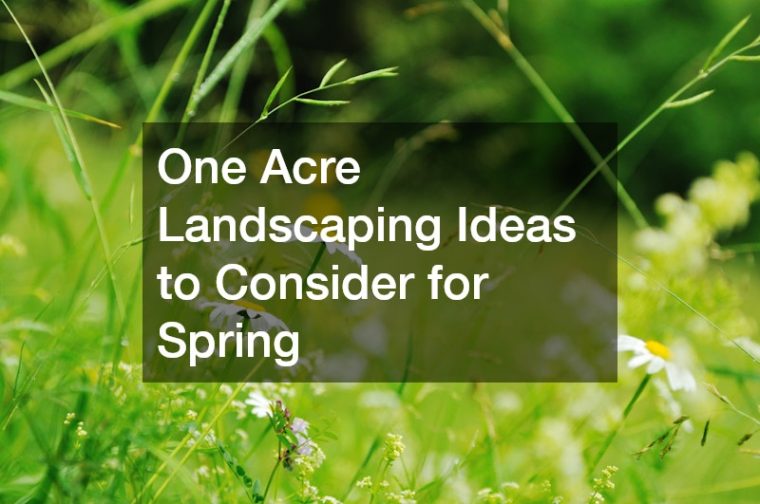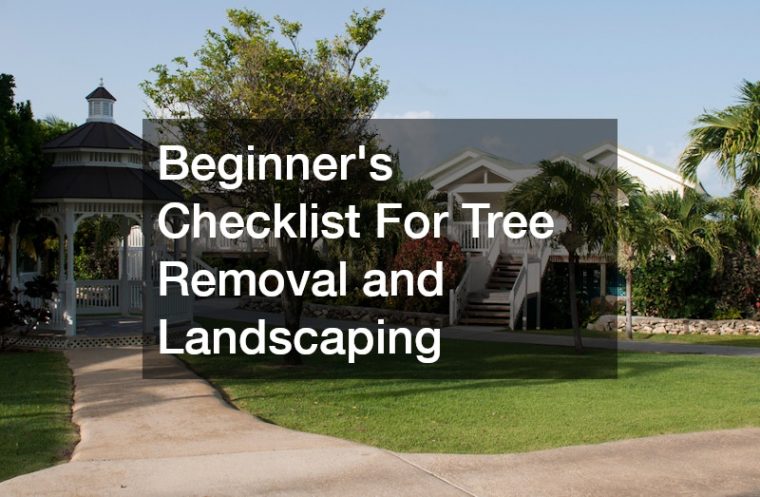Category: Home
In this comprehensive exploration, we delve into the unseen perils within your living space and the critical role professional cleaning services play in mitigating these hazards. From hidden toxins to persistent allergens, your home may harbor risks that require expert intervention. Professional cleaning services utilize specialized techniques and tools, including…
Acre landscaping ideas can transform any outdoor space into a lush paradise, offering not just aesthetic pleasure but also increased functionality for your home. When designing a landscape that covers several acres, it’s crucial to carefully plan aspects such as tree placement, grass types, and potential entertainment areas. With the…
This comprehensive guide will teach you about tree removal and landscaping, essential for beginners looking to transform their outdoor space. Whether you’re motivated by aesthetics or necessity, understanding the intricacies of tree removal and landscaping will help you make informed decisions. We will address common questions, provide detailed information, and…
Planning Your New Landscaping Project The landscape design process is an intricate journey that transforms outdoor spaces into functional, beautiful, and sustainable environments. Each stage of this process plays a vital role in ensuring that the final design aligns with the homeowner’s vision while accommodating the unique features and challenges…
Choosing the right HVAC repair company is a crucial decision for homeowners needing reliable and efficient service. Ensuring that your heating, ventilation, and air conditioning system runs smoothly requires both expertise and trust. This guide will detail key steps and considerations to help you select the best service provider for…




